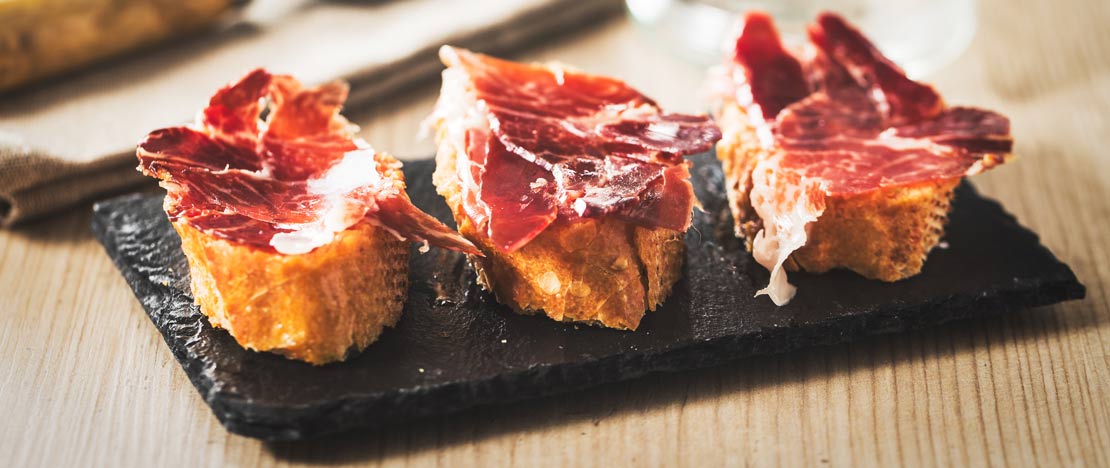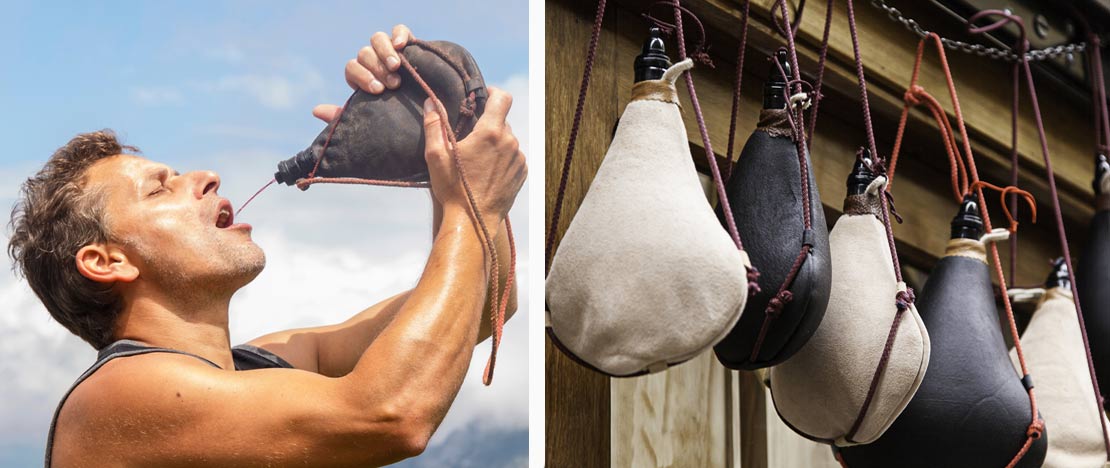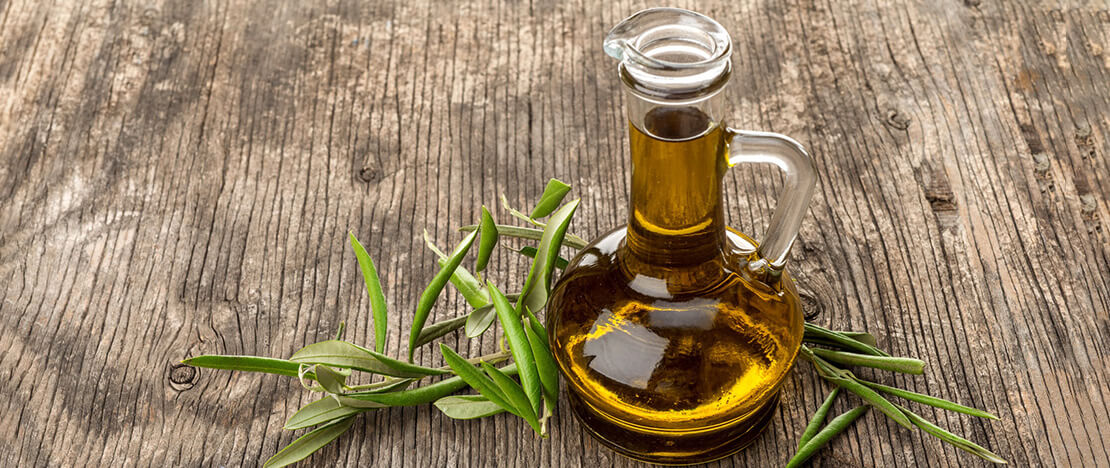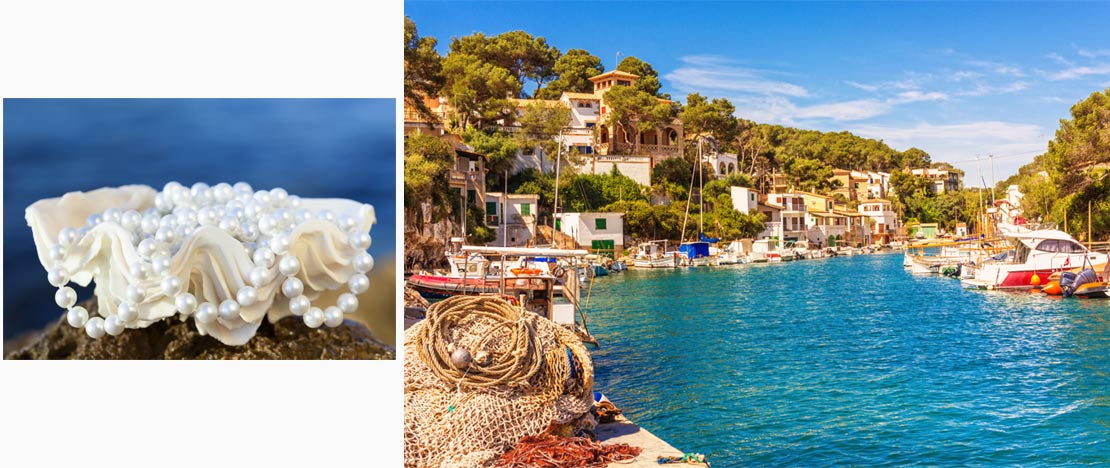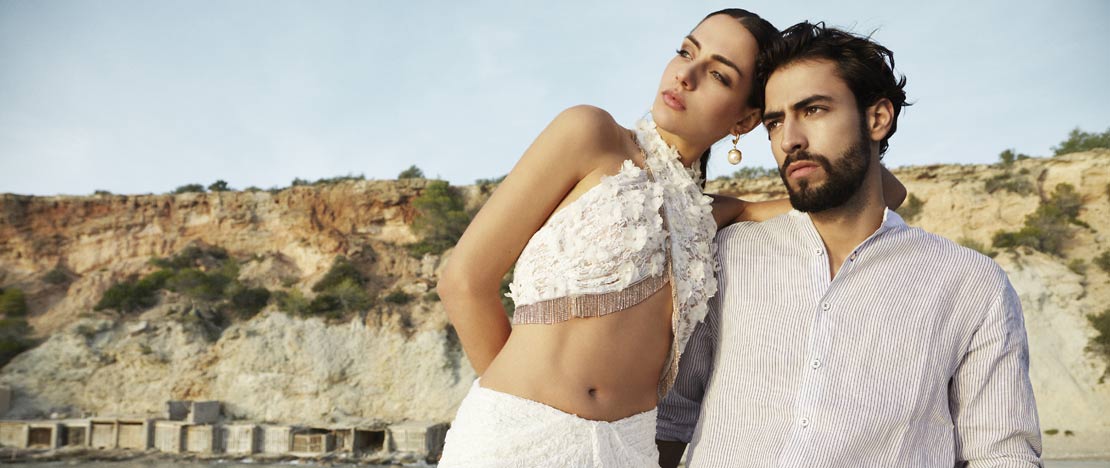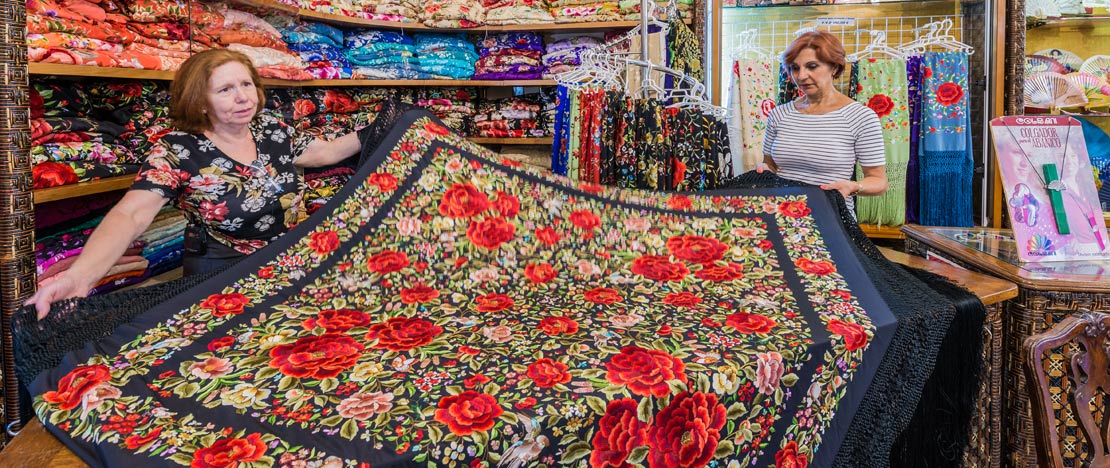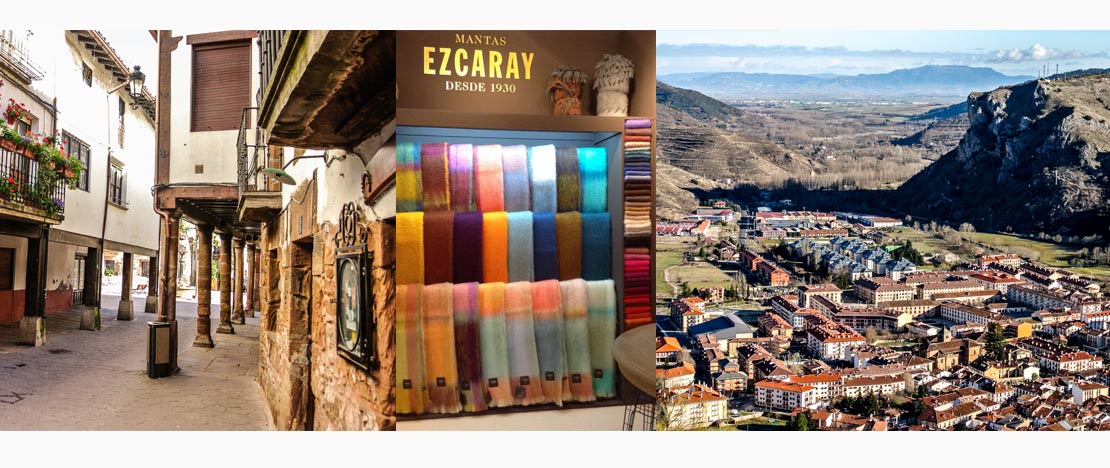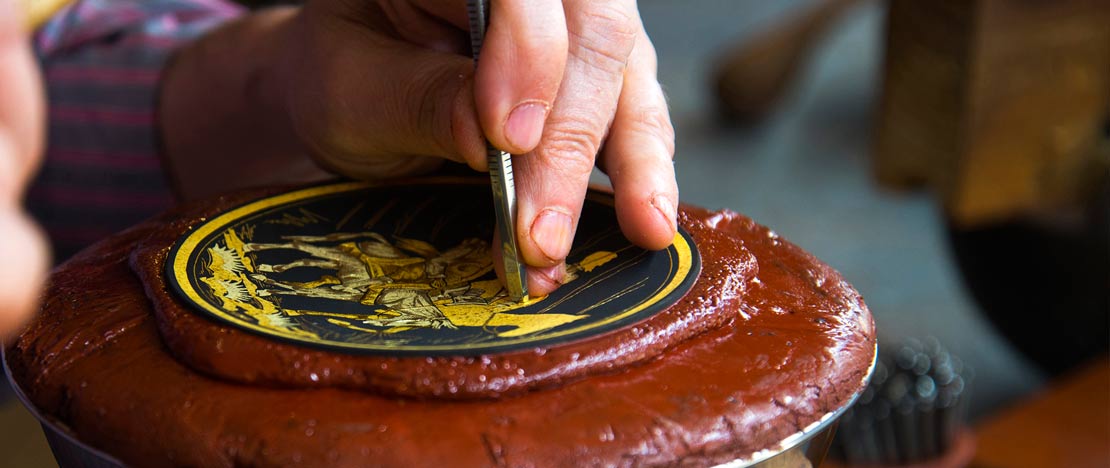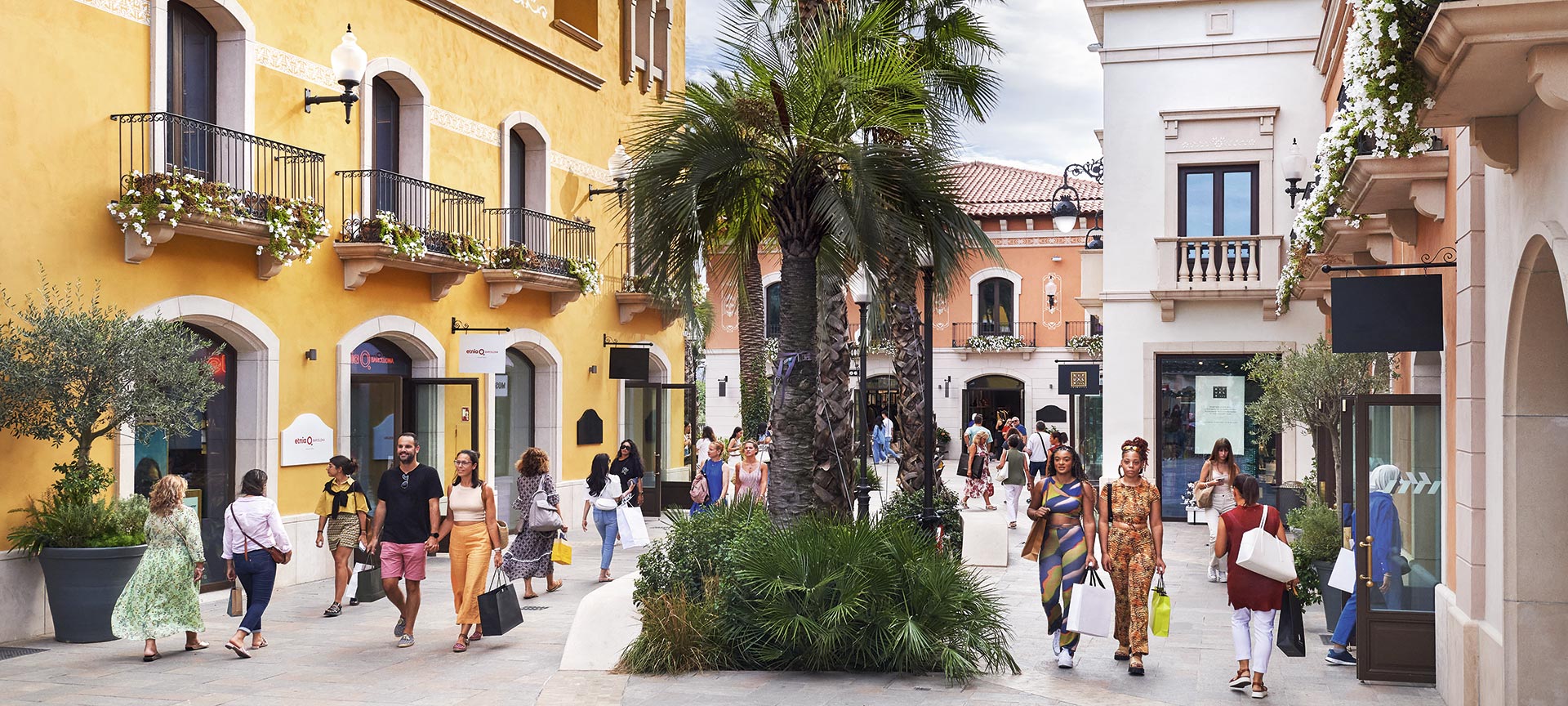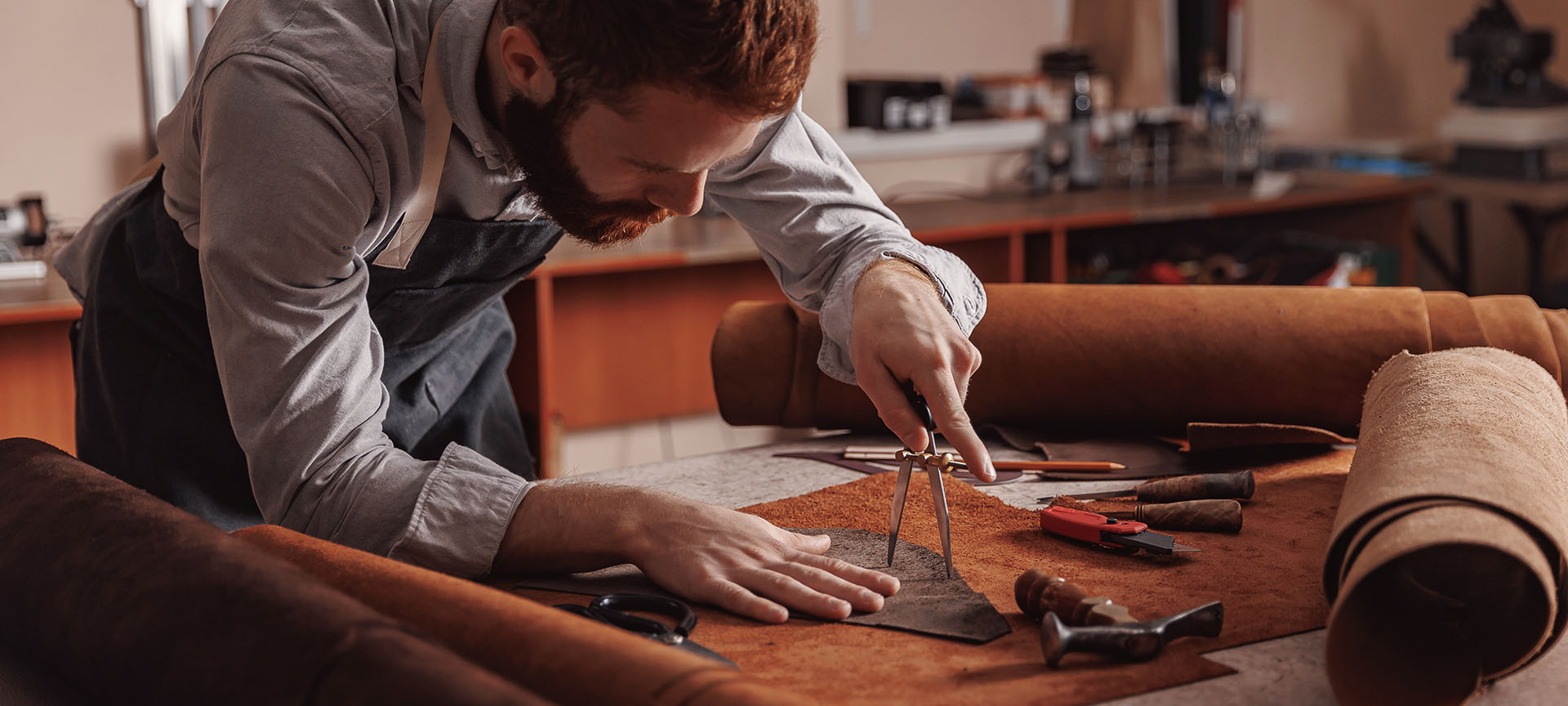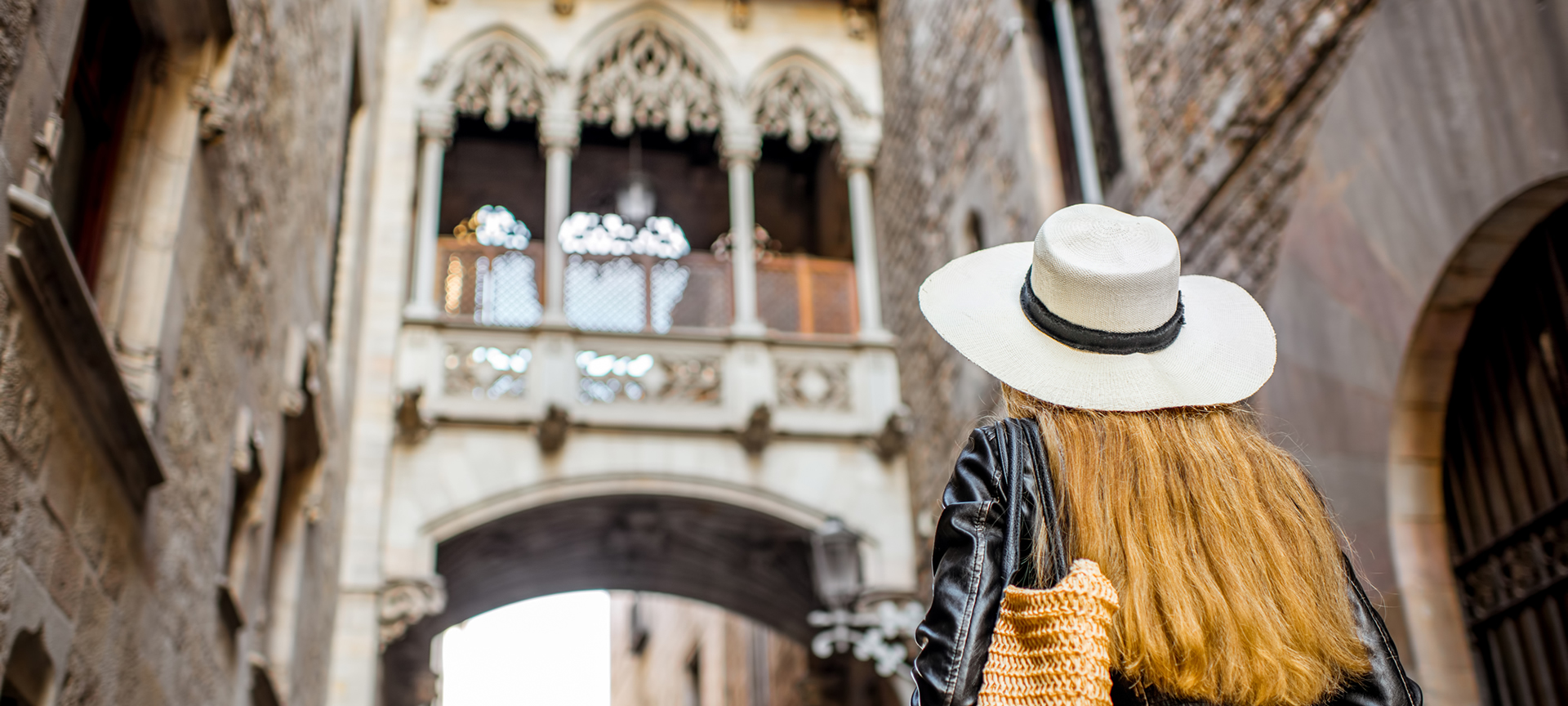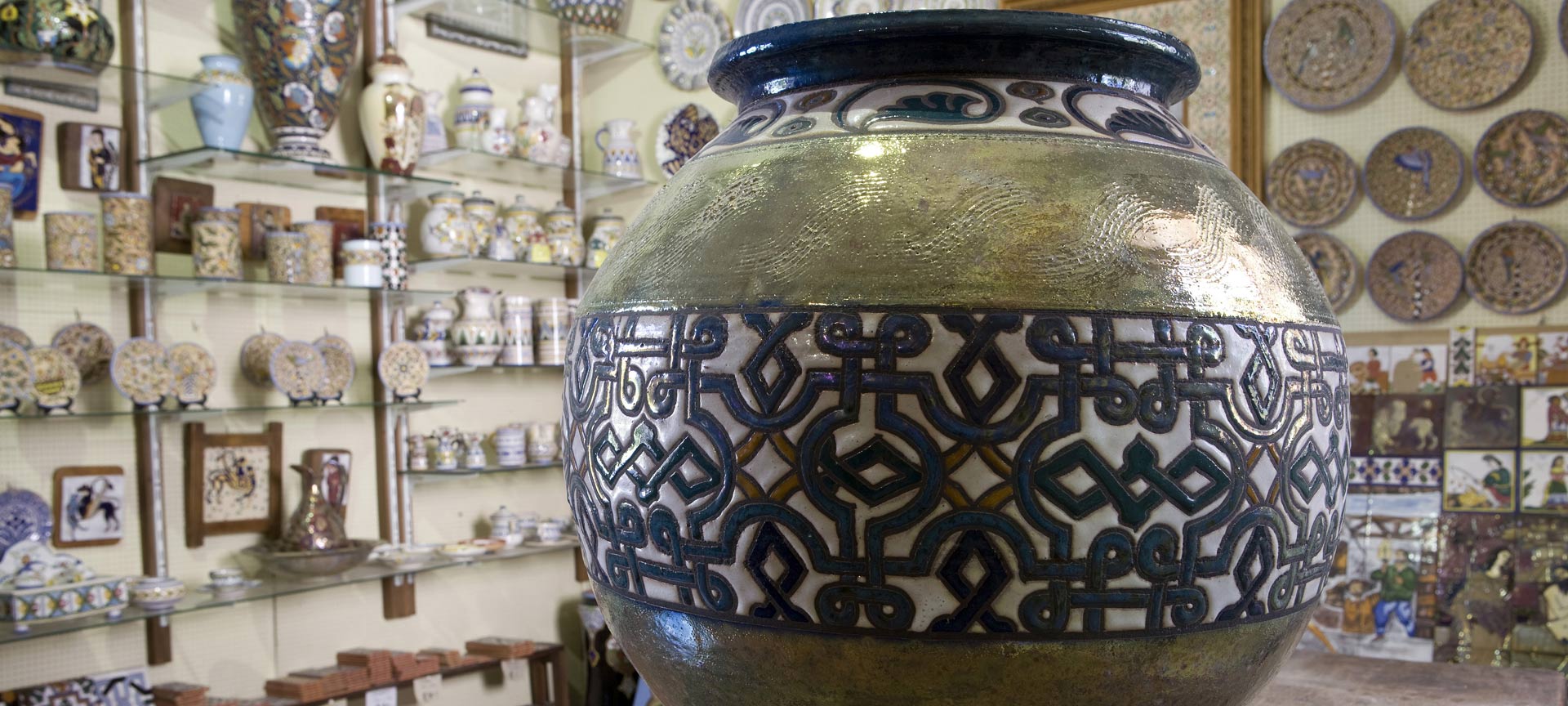
Reinventing the souvenir: 10 typical and original things to buy on your trip to Spain
The best type of tourist shopping is when you do it in conjunction with sightseeing and go looking for something characteristic and unique to take home from each place you visit. The concept of souvenir is changing and apart from being representative, we search for something that is useful and exclusive. Say goodbye to fridge magnets and miniature monuments. Here are 10 ideas for shopping for souvenirs in Spain: 10 products to buy as a gift or to treat yourself to with an original, Spanish-flavoured souvenir.
Debe activar Javascript para poder utilizar este servicio
-
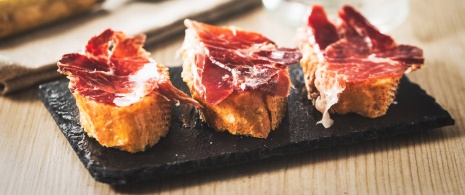
Iberian cured ham
Let’s start with the all-time classics. Spanish cuisine is so varied and wide-ranging that it would be impossible to narrow it down to just one culinary souvenir. But suitcases have their limitations. So if you had to choose just one product, then Iberian ham would definitely be top of the list. Although you can buy good quality ham anywhere in Spain, hams with a Protected Designation of Origin (PDO) are from the regions of Extremadura, Guijuelo (Salamanca), Jabugo (Huelva) and Los Pedroches (Córdoba). If you are travelling within the European Union, you can carry it your case without any problems (please check the restrictions of each non-EU country). In addition, it comes vacuum-packed (or they will package it for you in the shop at the moment of purchase) making it the perfect present.
-

Wines
One of the most poetic (and delicious) ways to take a morsel of the land home with you. In Spain there are more than a hundred Protected Designations of Origin: look for the ones in the areas you visit and make sure you take away a souvenir from your wine-tasting experience. Moreover, you can find out if there are any wineries close to your destination that offer tours and tasting sessions (more and more vineyards organise these types of events) so you can try the product before you buy it. This experience will undoubtedly become the best memory of your visit when you get back home.
-
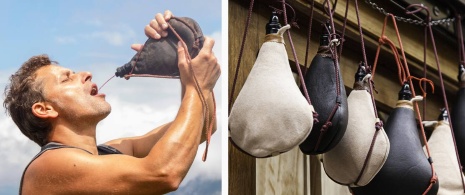
Bota (wineskin) or porrón (glass wine pitcher)
Even though wine glasses are used at many wine tasting events throughout Spain to appreciate the nuances of the smell, palate and colour of the wine, there are other, more popular (and very typical) ways of tasting them. Have you ever sampled wine from a wineskin? Or from a porrón? These are the two most traditional Spanish recipients for tasting wine and are characterised by not needing to rest them on your lips to drink from them. That’s why, despite originating from the country folk who used them to refresh themselves during a hard day’s work in the fields, today they are synonymous with get-togethers, fiestas and parties, for sharing among friends and family. Therefore they make an original, useful and very typically Spanish gift, perfect for sharing wine with your loved ones around the dinner table while you tell them about your adventures in our country.Which one is best? It depends on how you are travelling. The porrón is more fragile: it is a pitcher normally made of glass with a bulbous form and a long neck. It is considered a Spanish invention. The bota is a tear-shaped wineskin, which was formerly made from goat skin with a waterproof lining known as pez (a type of vegetable resin) and closed with bull horn stoppers; nowadays they are manufactured from a variety of synthetic materials. Whichever you choose you will be taking home an iconic Spanish custom in your suitcase. However, you may not get the technique right the first time. But don’t despair! Practice makes perfect.
-
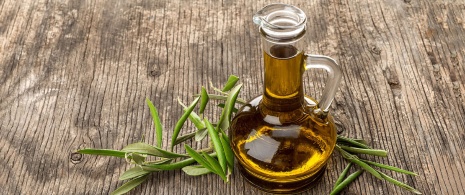
Olive oil
A good tip for choosing the right souvenir is to simplify and go right to the source. Without leaving the gastronomic theme, you can find the essence of the Mediterranean diet in a bottle, in a bottle of olive oil to be precise. It is known as liquid gold and its nutritional properties open the doors to the culinary treasures of Spain Furthermore, the olive oil culture in Spain has been growing in recent decades and it is now possible to enjoy it in a large range of varieties to suit all tastes, with distinctive uses and qualities. Have you heard of olive oil tasting? Learning about colour and flavour alongside sector professionals is no longer exclusive to the wine industry. Dip bread in it, taste it and take a bottle of your favourite one home with you.
-
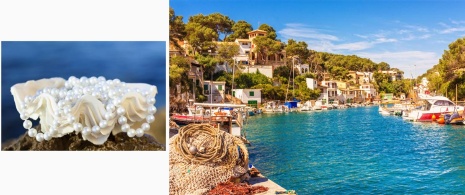
Mallorcan pearls
They are famous the world over as a longer-lasting and more accessible alternative to natural pearls. For more than a century now the island of Mallorca (in the Balearic Islands) has become specialised in the artisan production of this exclusive jewel and has become famous worldwide. Wearing a Mallorcan pearl necklace, bracelet or ring is synonymous with quality and can make the perfect present from Spain that will last a lifetime. It is also a gift with a touch of mystery as some of the techniques involved in creating these small white precious stones are closely guarded secrets.
-
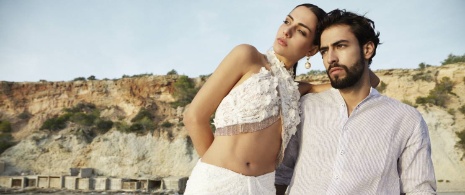
Ibicenco model
Imagine a white sand beach with the turquoise tones of the Mediterranean and a fresh sea breeze. Picture the clothes you are wearing. For sure you thought of white. Another great idea for a Spanish souvenir is some of the trendy Ibizan-style clothing, which originates, as the name suggests, from the island of Ibiza (Balearic Islands), but has now extended to other parts of the country, especially along the south and east coasts. More than just fashion the ibicenco or “adlib” is a philosophy of life expressed in a way of dressing, which is based on the freedom, freshness and originality of the hippie movement that was very popular on the island in the 1970s.The influence of this trend on traditional Balearic fashion translated into a characteristic style featuring white clothes made from natural fabrics, with lots of ruffles. So don’t worry about what to wear at your next get-together with family or friends. Leave a space in your case for a few white clothes and have your own Ibiza party at home.
-
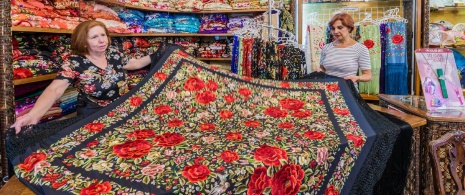
Manila shawl
It originates from China with a Philippine surname (Manila), but all the same, if you are looking for a typically Spanish garment, the mantón de Manila (embroidered silk shawl) should be top of your list. This iconic silk shawl embroidered with flowers or birds and finished with hand made fringing looks like it came straight out of a painting by the famous Andalusian painter Julio Romero de Torres. It is known as “from Manila” because it came from China via The Philippines, one of the maritime trading routes of 18th-century Imperial Spain. In this era it was very popular among the Bourgeois and today is linked above all to the world of flamenco (watching the shawl in movement is almost a work of art in itself) and is widely used as an accessory to formal events. A singular and authentic gift from Spain.
-
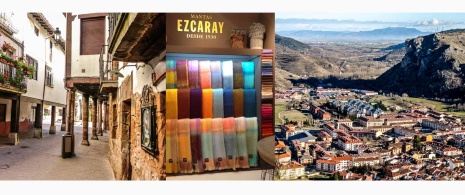
Ezcaray blankets
For little over a decade now they can be found in the other cities of the world in luxury department stores and the most exclusive fashion shops. But only in Spain, in La Rioja, to be precise, can you purchase the famous Ezcaray blankets fresh off the loom. This small town in the north of Spain has become famous for its production of mohair (Angora goat wool) and cashmere fabrics that have been produced by hand for over a century. Although they also make jackets, scarves and other garments, the most typical are the blankets, characterised by their soft touch that can only be achieved with the most natural fabrics and traditional techniques that have been handed down through the generations. Do you know how silky mohair feels when it has been hand-woven on a traditional loom? If you are visiting this area of Spain, don’t miss out on a trip to Ezcaray to find a souvenir with personality and history (especially with the cold weather on its way!). In addition, in the centre of town you can visit the old workshop and see a 300-year-old loom in action.
-
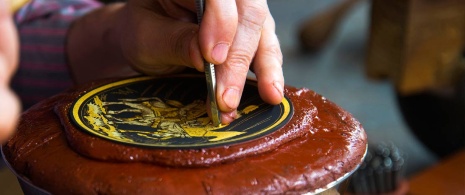
Damascene work from Toledo
It is a thousand-year-old artisan technique and you can take home all types of decorative objects, costume jewellery, or even household goods. Damascening consists of producing figures and drawings by inlaying gold or silver threads into steel or iron. In Spain, the only damscene artisans are from Toledo (in Castile-La Mancha), who export their work throughout Europe and other parts of the world. Boxes and caskets, earrings, bracelets, plates and cups, jugs... Damascene work converts any everyday item into a small work of art and can be observed in Toledo’s artisan workshops - a truly hypnotic experience.
-
Traditional ceramics
Another popular Spanish artisan tradition and one you can take a piece home of is the pottery. There are many areas famous for their unique ceramics, such asTalavera(Toledo), listed as Intangible Cultural Heritage by UNESCO as well as a Property of Cultural Interest and especially well-known for its blue and yellow vegetable motifs; Sargadelos, in Lugo (Galicia), recognisable by its blue geometric shapes; the pottery of Manises (Valencia), with its floral motifs in gold, earth and copper colours; and the ceramics from Úbeda (Jaén, Andalusia) and their inimitable green colour.
These are just some of the products where the Spanish seal is a guarantee of quality and originality, but we are sure you will find some more items to add to the list. The possibilities are endless. For example, take a stroll around the fashion boutiques and check out the Spanish labels and designers, or take home some of the other tasty gourmet goodies from our country.

